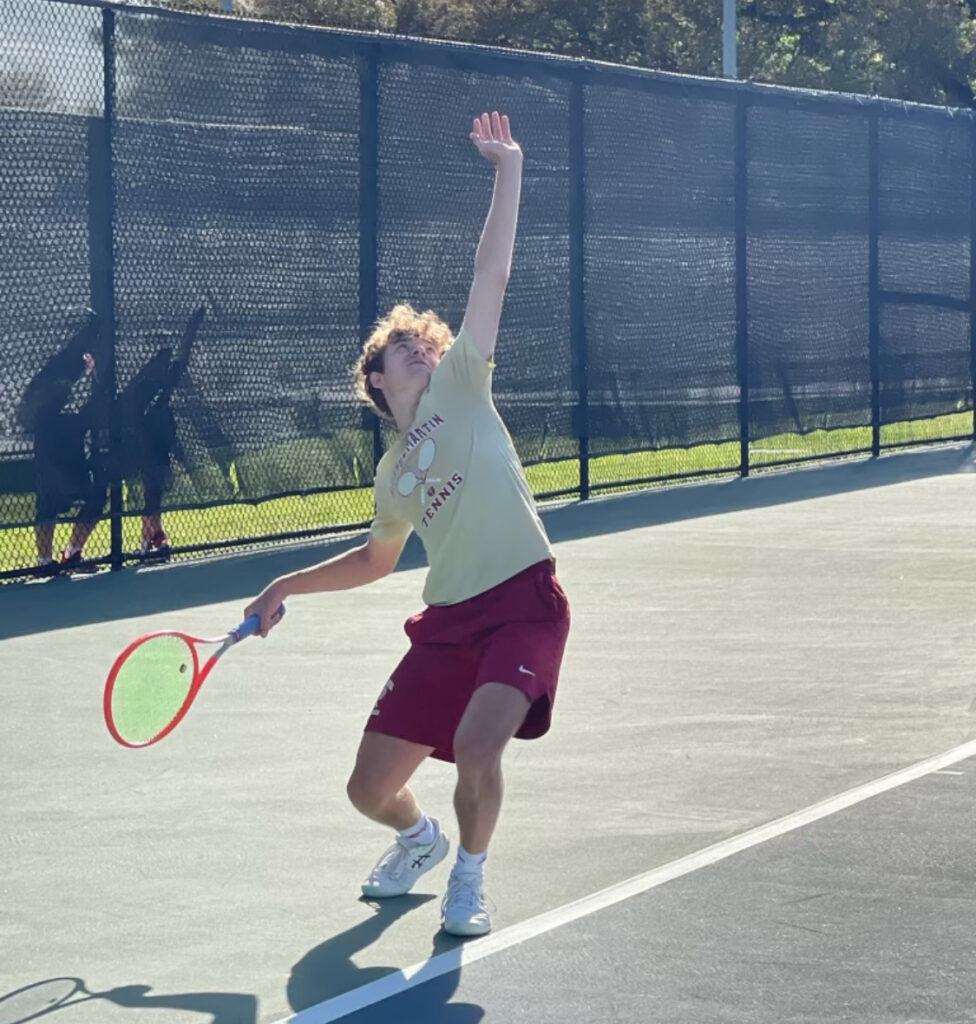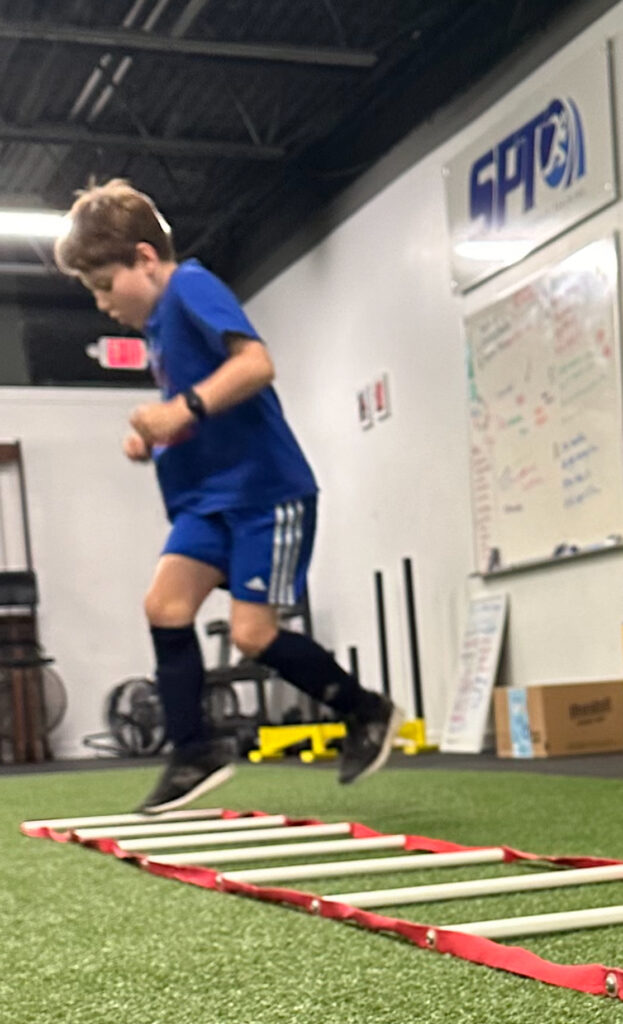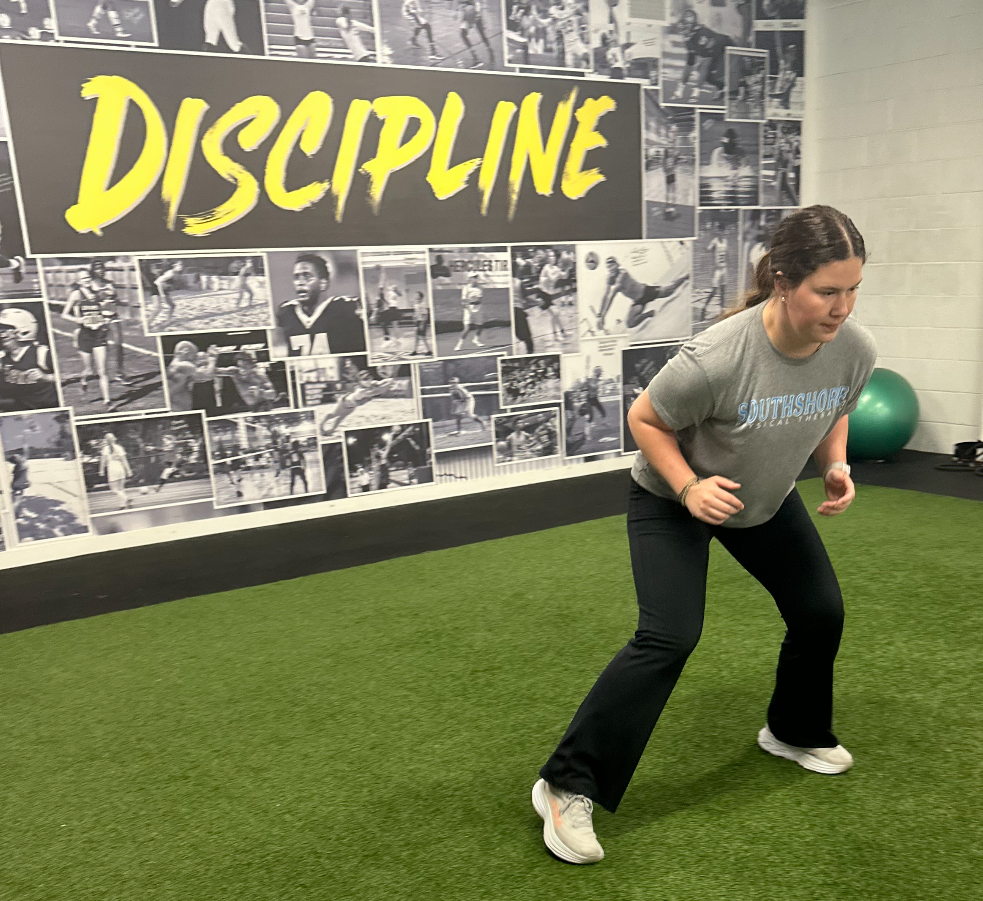
Concussions, shin splints, torn ACLs, ankle sprains … there are many different injuries that can sideline the young athlete. According to Johns Hopkins Medicine, approximately 30 million children and teens participate in some kind of organized sports in the U.S. and, as a result, more than 3.5 million injuries occur each year. With sports involvement accounting for a third of all childhood trauma, Southshore Physical Therapy wants to protect its young patrons and help them by highlighting National Youth Sports Safety Month.
How can the young athlete promote safety in all athletic activities?

Ensure that all equipment is properly fitted and up to date. Shoulder pads, mouth guards, helmets and all other protective gear should be fitted specifically to the athlete wearing them. Beware of using hand-me-downs. If the equipment isn’t appropriately sized, its user won’t be fully protected while in play. Even more, these used, secondhand items can start to show signs of damage and lose their efficacy as they age. For guidelines on correctly fitting all kinds of helmets, visit here.
Make stretching part of your workout and gameday routine. Regularly stretching your muscles before and after exerting them will help to build and maintain their strength and flexibility. Stretching can also increase blood flow, enhance athletic performance, improve range of motion and (you guessed it!) prevent injury. Be sure to include static (toe touches, hamstring stretches, etc.) and dynamic (lunges, jumping jacks, etc.) stretches in your workout plan. For examples of both of these types of stretching, click here.

Eat and drink like an athlete. It’s no secret that hydration is key to optimal performance before, during and after a workout. Without it, your muscles and joints are compromised and more prone to injury. Carbohydrates (whole grains, fruits, vegetables, etc.) provide the glucose needed for energy so they should represent “45% to 65% of total caloric intake for four- to 18-year-olds.” (National Institute of Health) For more information on the NIH nutrition and hydration recommendations for young athletes, click here.

Prioritize sleep. Inadequate sleep is not just a problem faced by adults anymore. With the extracurricular activities, homework loads, family obligations and social schedules juggled by the average kid today, this necessity of life has taken quite a hit. So, how much sleep is enough? According to the Mayo Clinic, children 6-12 years old should get 9-12 hours nightly and teenagers should aim for at least 10 hours. For tips on creating an effective sleep routine, click here.
Enroll in strength and conditioning classes. Working with a qualified coach throughout the year is a great way to stay strong, focused, flexible and fit both in and out of season. For information and pricing packages for the premiere youth athletic conditioning program in town (yes, we’re pretty biased towards Coach Sarah and Coach V), click here to learn more about Southshore Performance Training offering classes for all ages six days a week.
Happy National Youth Sports Safety Month, everyone!
Michele Robert Poche